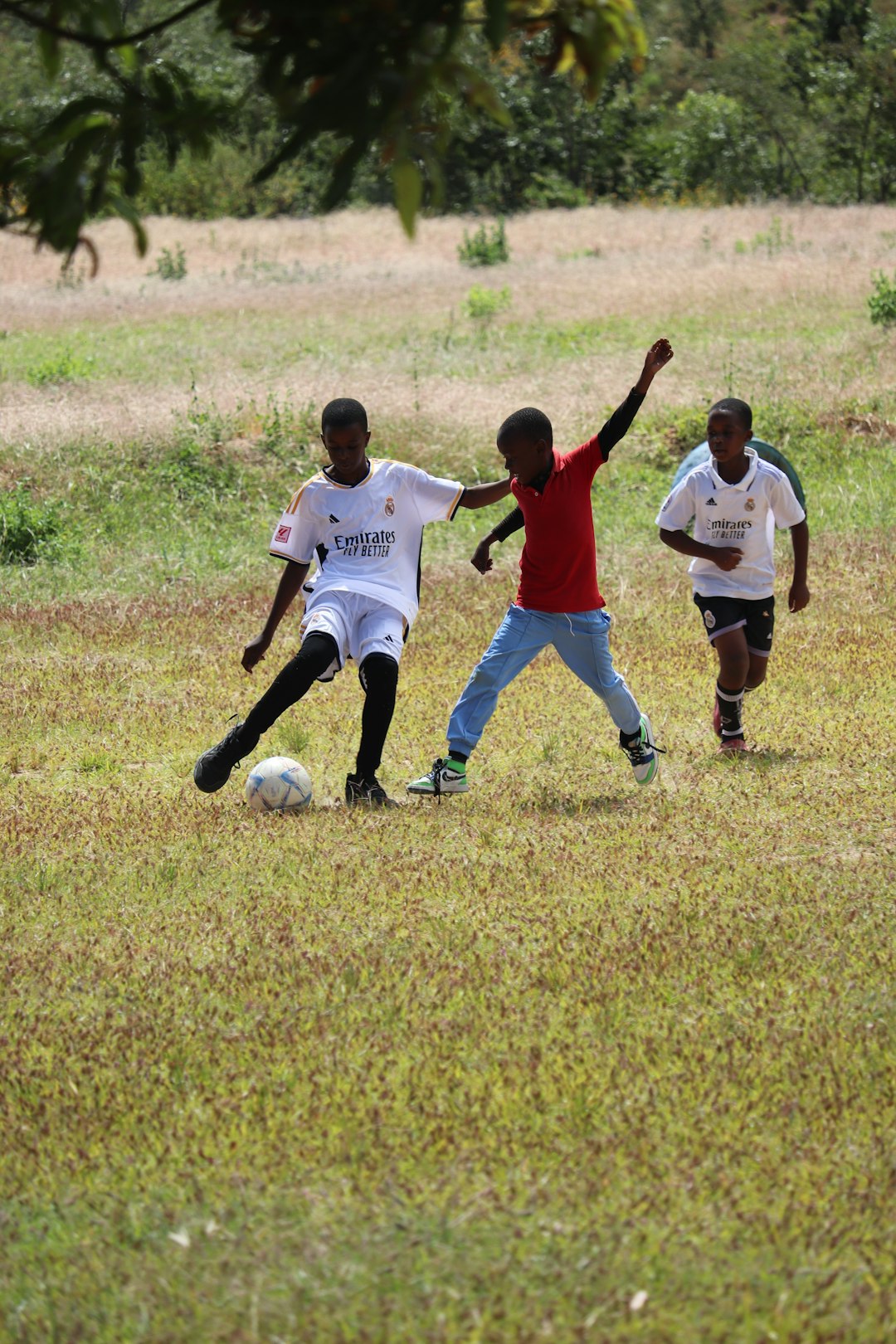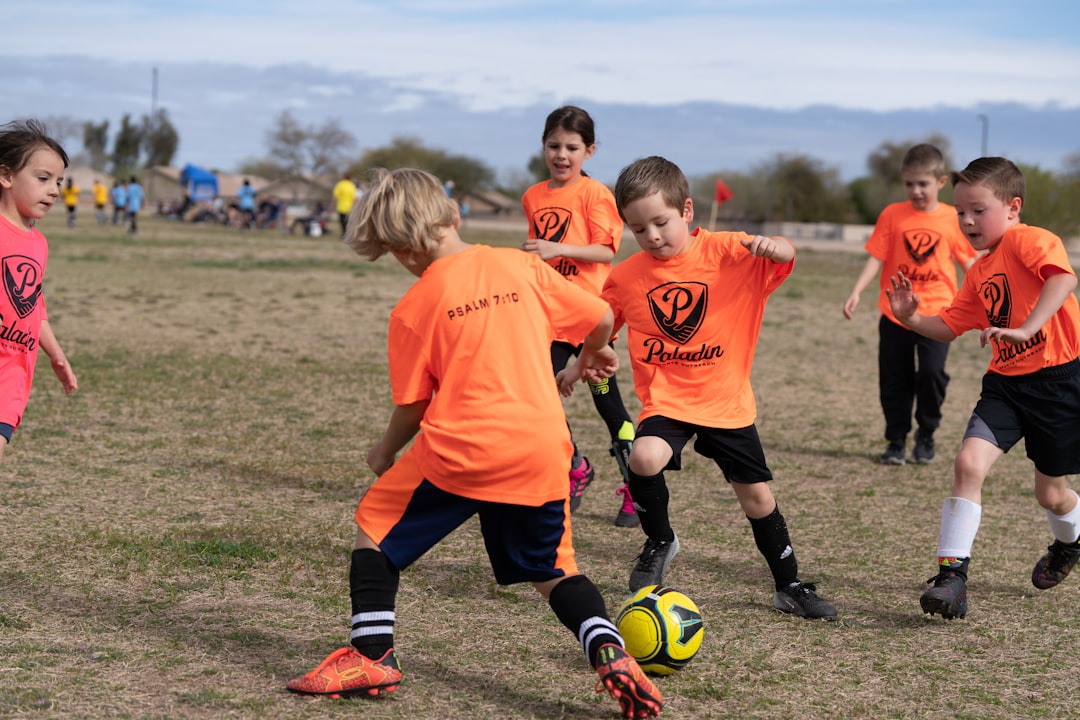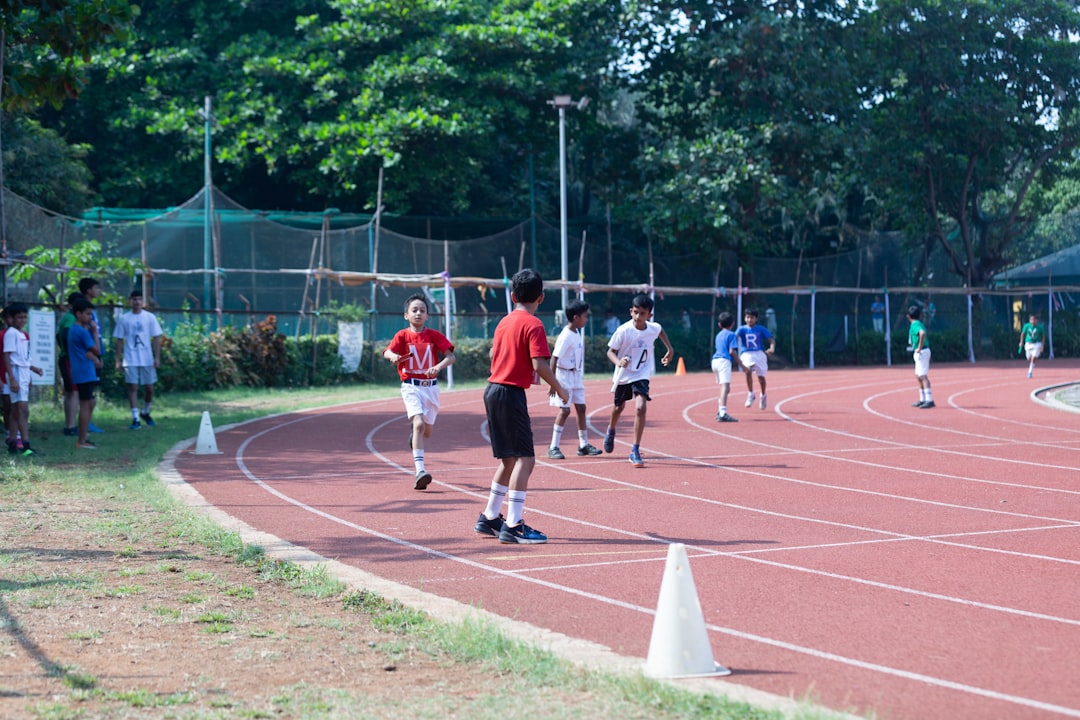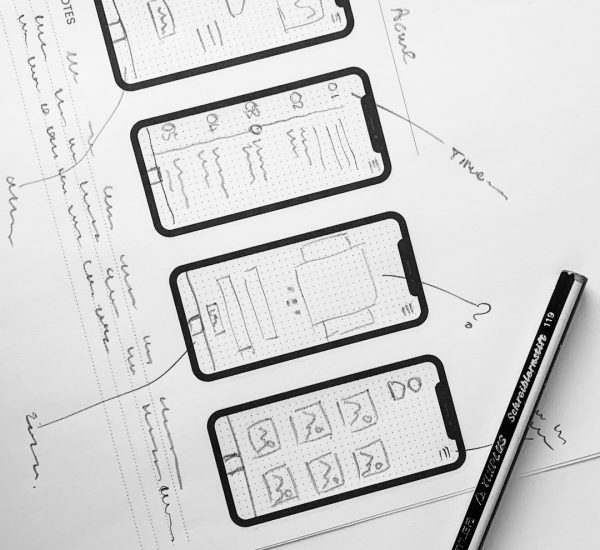Youth football is the foundation of future stars, and the training provided at this level plays a crucial role in shaping a player’s development. As young athletes grow, they require structured guidance coupled with fun and engaging activities that build essential technical and tactical skills. Incorporating the right drills can greatly enhance a young player’s confidence, game understanding, and physical fitness. Below is a comprehensive guide to the best football training drills for youth players that improve both individual and team-based abilities.
1. Dribbling Drills
Dribbling is one of the primary skills needed by all football players regardless of position. Youth players must cultivate close ball control and confidence when running with the ball.
1.1 Cone Dribble Challenge
This drill involves weaving through cones set approximately one meter apart in a straight line or zig-zag pattern. It helps in improving foot coordination and speed with the ball.
- Setup: Line up 8–10 cones in a row.
- Instructions: Have players dribble through the cones using both feet, and then repeat using only the dominant or non-dominant foot.
Progression: Add a time constraint to increase intensity or add a defender for pressure.

1.2 Obstacle Dribble Race
Turn dribbling into a game by creating a mini obstacle course. Use cones, poles, and agility ladders. Players race each other while attempting to keep control of the football.
This drill hones agility, ball control, and accelerates decision-making under pressure.
2. Passing and Receiving Drills
Mastering passing and receiving is essential for building team chemistry and understanding positioning. Youth players benefit from repetitive passing drills to improve accuracy and touch.
2.1 Triangle Passing Drill
- Setup: Place cones in a triangle formation about 10 meters apart.
- Instructions: Three players stand at each cone and pass the ball counterclockwise or clockwise. After each pass, the player follows the ball to the next cone.
This promotes movement off the ball and timing while improving first touch and directional control.
2.2 One-Touch Passing Grid
Create a grid and pair players across from one another. On the coach’s command, players pass the ball back and forth with only one touch, gradually increasing tempo.
Key Benefits: This drill develops quick decision-making, accuracy, and anticipation.
3. Shooting and Finishing Drills
Learning how to strike the ball cleanly is vital, and it starts at the youth level. Practicing different shooting scenarios will enhance a player’s ability to score from various positions.
3.1 1v1 Finishing Drill
Set up small goals and have a player receive a pass before facing a defender in a one-on-one situation. The attacking player attempts to beat the defender and shoot on goal.
This game-like setup improves composure, decision-making in pressure situations, and finishing accuracy.
3.2 Shooting Under Pressure
- Setup: Create a small shooting zone at the edge of the penalty area.
- Instructions: Once a player receives the ball, a defender is released to chase. The attacker must shoot within a few seconds.
Benefits: Trains instinctive shooting and fast reactions under game-like pressure.

4. Defending Drills
Defending is often overlooked at the youth level but is crucial to a team’s overall balance. Young players should learn fundamental positioning, timing their tackles, and staying goal-side.
4.1 Shadow Defending Drill
Pair players and assign one as the attacker with the ball. The defender must shadow the attacker without committing to a tackle. This works on body positioning and lateral movement.
This drill teaches players patience and defensive awareness.
4.2 2v2 Defensive Zone
Create a small area where two attackers face two defenders. The goal is for defenders to win the ball or delay play until attackers make a mistake.
Goal: Trains communication between defenders, positioning, and pressure tactics.
5. Agility and Coordination Drills
Football demands agility, speed, and endurance. Incorporating physical fitness drills designed for young athletes will not only boost fitness but also protect against injuries.
5.1 Ladder & Cone Combo Drill
- Use an agility ladder followed by a series of cones.
- Players must complete ladder footwork (like in-and-out steps), then run a figure-eight through the cones.
This entire sequence improves coordination, balance, and explosive movement.

5.2 Reaction Sprint Drill
Players line up and respond to auditory or visual signals to sprint in different directions.
Focus: Reaction time, directional quickness, and acceleration are developed through this fun dynamic drill.
6. Small-Sided Games
Perhaps the ultimate learning tool, small-sided games give players more touches on the ball, more decision-making opportunities, and simulate real match scenarios.
- 3v3 or 4v4 formats are best for maximum involvement.
- Use smaller fields to encourage tight control and quicker passing/shooting decisions.
These games reinforce tactical awareness, teamwork, and game intelligence in a fun, competitive setting.
Conclusion
Developing young football players requires more than talent—it demands consistent and purposeful practice. The drills outlined above cover the key aspects of football: dribbling, passing, shooting, defending, and agility. Regular use of these activities will set youth players up for long-term success on and off the pitch. By keeping training sessions varied, enjoyable, and progressive, coaches and parents can foster a lifelong love for the beautiful game.
Frequently Asked Questions (FAQ)
- Q: How long should youth football drills last?
A: Each drill should last between 10–15 minutes. Sessions should last 60–90 minutes in total to maintain attention and energy levels. - Q: How many days per week should young players train?
A: For ages 6–12, two to three sessions per week are appropriate. For older or more competitive youth players, up to four sessions may be suitable. - Q: How do I keep my players engaged during drills?
A: Rotate drills frequently, incorporate fun elements like races or challenges, and provide constant encouragement. Using small-sided games helps keep things competitive and enjoyable. - Q: What equipment is essential for youth football training?
A: Cones, small goals, agility ladders, bibs, and quality footballs are all useful. Portable goals and poles can be added for more advanced drills. - Q: At what age should goalkeeper-specific training begin?
A: Basic goalie techniques can start around age 8–9, with more specialized training added gradually as coordination and understanding improve.



